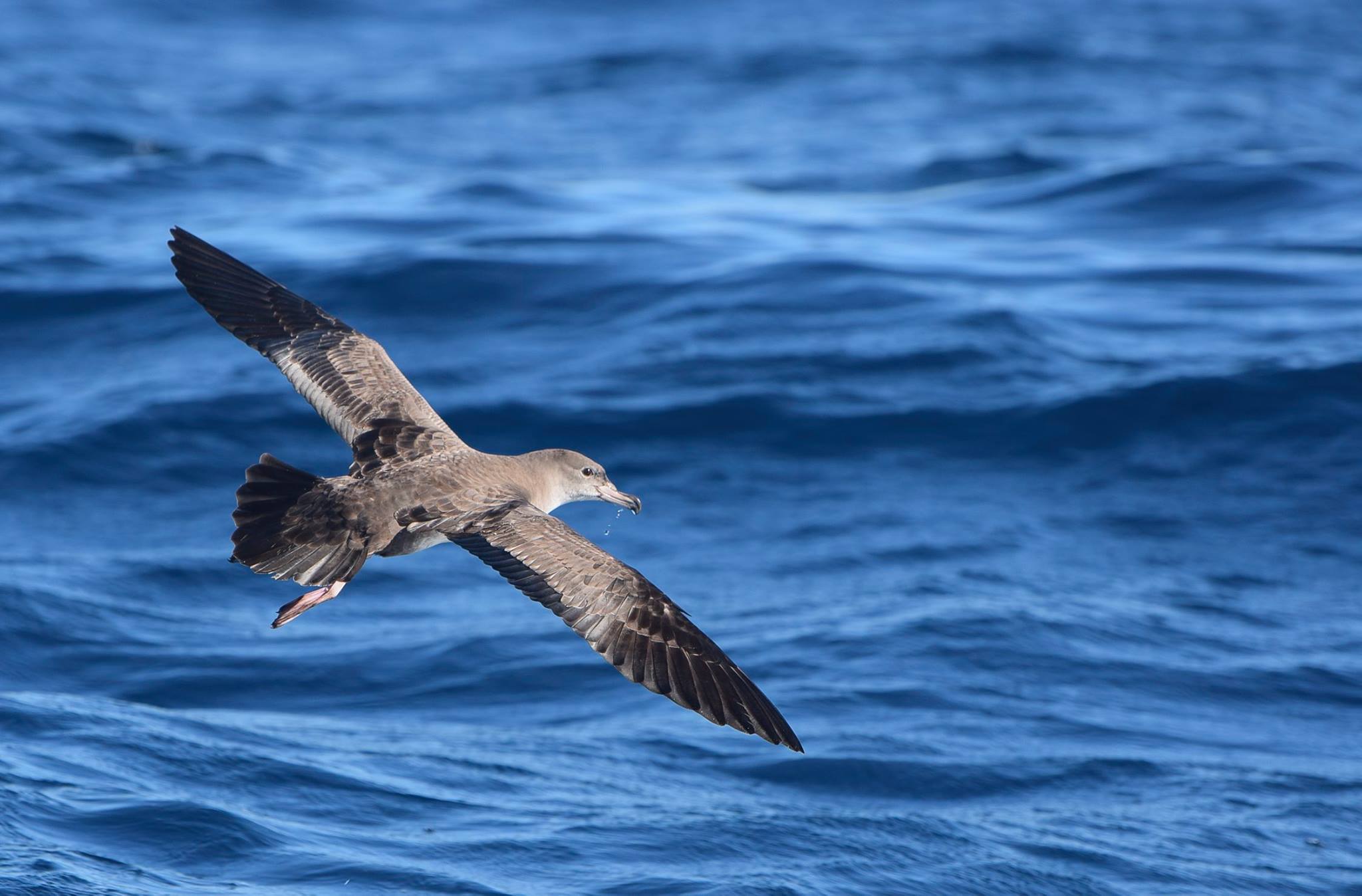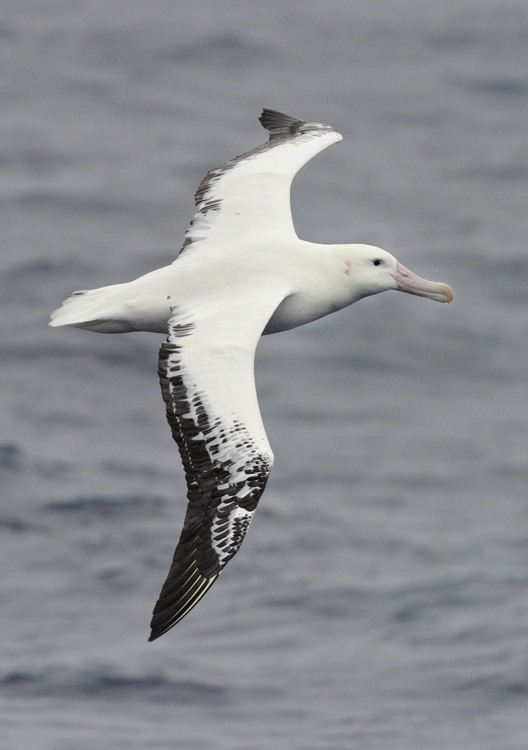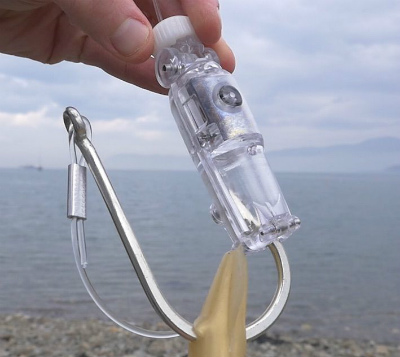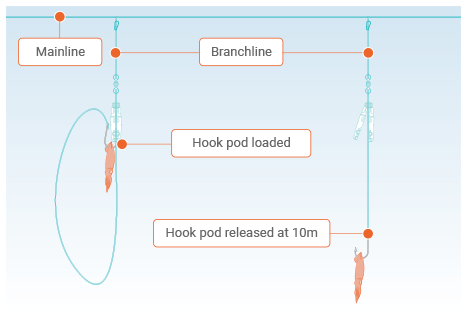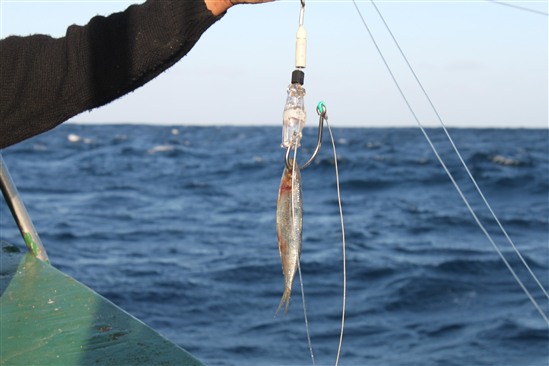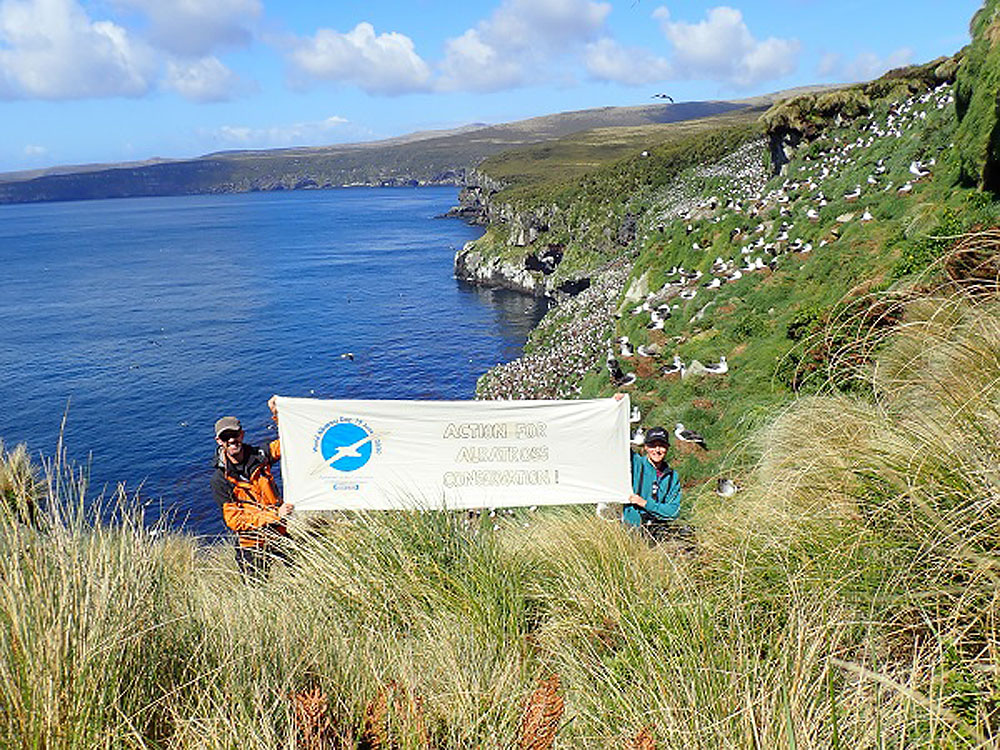Kees Roselaar and Hans van Brandwijk (Naturalis Biodiversity Center, Leiden, The Netherlands) have published in English in the Dutch Seabird Group's journal Sula on an early overlooked record of an ACAP-listed (and Critically Endangered) Balearic Shearwater Puffinus mauretanicus from Heligoland, Germany.
The paper’s Dutch summary follows, edited from a translation by Google Translate:
“The Balearic Shearwater [Puffinus mauretanicus] is a rare species in Germany. It was not recorded in the field until 1992; since then it has been regularly observed in small numbers. There were no museum specimens of this species [from Germany] until the second author discovered a Balearic Shearwater in the collection of the Zoological Museum Amsterdam (ZMA. AVES 44474). It concerns a bird in worn juvenile plumage, collected at Helgoland on 5 December 1893. The bird shows the usual characteristics for the species: brown upper parts, whitish belly with extensive brown on undertail coverts, side of neck, flanks and underwing coverts. The specimen was probably obtained by fishermen at sea near Helgoland and sometime between late 1910 and the end of 1913 was donated to René baron Snouckaert of Schauburg by Hugo Weigold, staff member of de Vogelwarte Helgoland in 1910-1924. Why would Weigold give away such a special copy? The answer to that question is simple: Weigold determined the bird as a Manx Shearwater [P. puffinus], then still quite a common species in German waters. However, this incorrect determination cannot be blamed on him, because the Balearic Shearwater was only officially described by Lowe eight years later, in 1921.
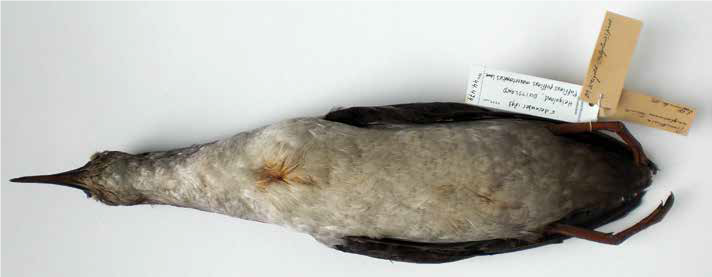
Balearic Shearwater, Heligoland, Germany, 5 December 1893; photograph by Hans van Brandwijk
Reference:
Roselaar, K. & van Brandwijk, H. 2019. An old record of a Balearic Shearwater Puffinus mauretanicus from Germany. Sula 27. 3 pp.
John Cooper, ACAP Information Officer, 29 December 2019

 English
English  Français
Français  Español
Español 